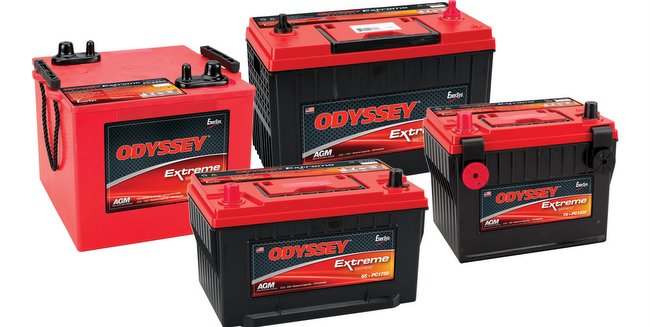So a while back I was having some challenges with what I thought was a charging system problem. Ended up replacing the thermistor on the battery in my Dodge Journey after replacing a faulty battery and it appeared the problem went away.
Low and behold a few weeks later the battery voltage shortly after shut down would be about 11.8V despite showing 14.4v charging just before shut-down after a long trip. I thought perhaps while the volts were high from the charging system there wasn't enough current being pushed into the battery because the battery although showing low volts of 11.8V would have no problem with a stress test.
Turns out that the new battery was in-fact faulty. So I had to take the wheel off again, remove the stupid cover in the wheel well and then fight with the darn battery clamp system Dodge in their infinite wisdom decided to use.
I thought since I didn't want to go through this ordeal again I would rather just put a high quality battery in there that I know will last until I junk the vehicle so I spent the money and put in an Odyssey Extreme AGM battery instead and donate my other lead-acid new battery that is under warranty to my dad who needs one for his R.V. anyway.
I have to say I'm impressed with the build quality of the battery and it has got to weigh almost double what the lead acid one does. I was surprised at how heavy it was.
I like the brass posts it has. That's really great especially for terminals that are non-accessible without taking the wheel / wheel well cover off to get at them. (Stupid design)

Low and behold a few weeks later the battery voltage shortly after shut down would be about 11.8V despite showing 14.4v charging just before shut-down after a long trip. I thought perhaps while the volts were high from the charging system there wasn't enough current being pushed into the battery because the battery although showing low volts of 11.8V would have no problem with a stress test.
Turns out that the new battery was in-fact faulty. So I had to take the wheel off again, remove the stupid cover in the wheel well and then fight with the darn battery clamp system Dodge in their infinite wisdom decided to use.
I thought since I didn't want to go through this ordeal again I would rather just put a high quality battery in there that I know will last until I junk the vehicle so I spent the money and put in an Odyssey Extreme AGM battery instead and donate my other lead-acid new battery that is under warranty to my dad who needs one for his R.V. anyway.
I have to say I'm impressed with the build quality of the battery and it has got to weigh almost double what the lead acid one does. I was surprised at how heavy it was.
I like the brass posts it has. That's really great especially for terminals that are non-accessible without taking the wheel / wheel well cover off to get at them. (Stupid design)

Last edited:




